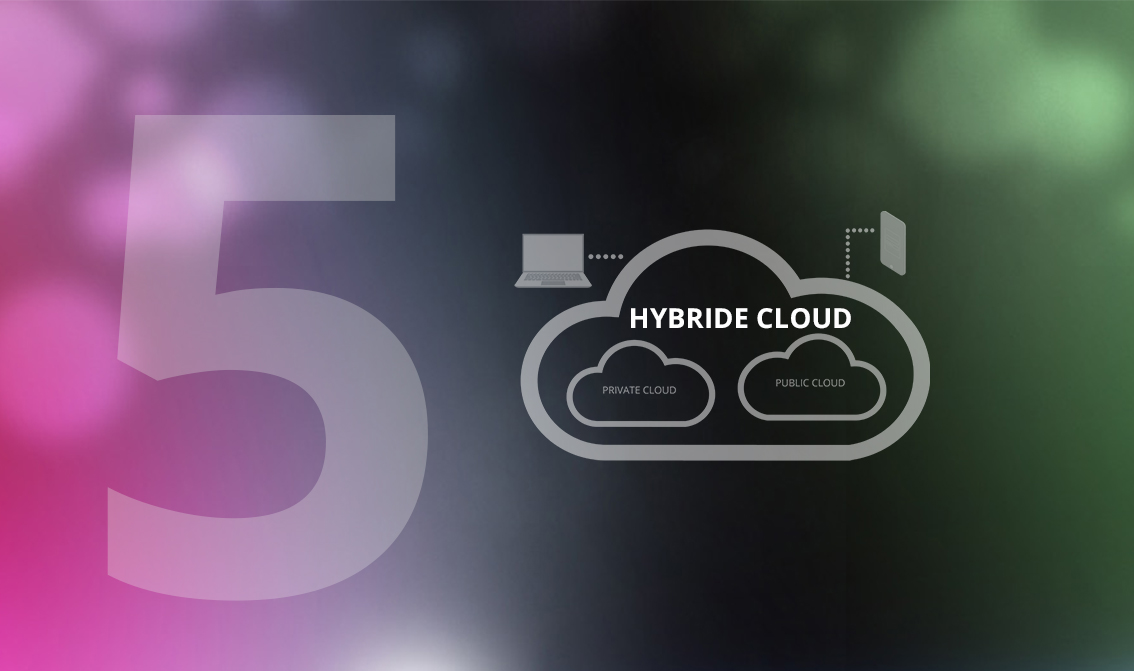
Avoiding negative surprises: Cost management in the hybrid IT world
Dear Readers,
Cloud service providers promise flexibility, cost savings, and transparency. However, achieving these benefits is not quite that simple. To truly capitalise on potential savings companies must necessitates systematic cost management. Without proper cost management, the anticipated advantages can backfire and lead to additional expenses reaching six or even seven figures.
Bad surprise at the end of the month
Cloud providers, especially the hyperscalers, advertise greater transparency compared to traditional IT solutions. And there is truth to this at the end of the month, a company can see the exact costs incurred for their cloud usage on their bill. However, at this point, the surprise is often significant, as the various and complex billing models frequently result in substantial additional costs. Unused containers, excessive idle time, or poorly chosen billing models, for example, can drive up expenses.
Furthermore, particularly with hyperscalers, numerous services can be quickly added without much effort. Often, when higher workloads are encountered, additional server capacity or bandwidth is automatically provisioned. In such cases, no one in the company had the chance to evaluate the necessity of these expansions. Even cloud application users are often not aware of the billing procedures. They may assume, for instance, that they are paying for a specific period of time, but in reality, charges are based on actual usage. Depending on the extent of the services used, unexpected costs amounting to millions can arise.
But that’s not all: Some cost drivers in the cloud environment do not exist in the traditional IT world, leading to calculations involving unknown variables. While costs generally increase with growing storage needs or traffic, there are additional factors that even IT experts may not anticipate, such as the data volumes transmitted by specific applications to the internet. These metrics are not measured within companies, and therefore only appear on the first bill from the provider.
Standard contracts and different service packages
When it comes to finding solutions for these complex challenges, cloud providers offer little help. Instead, companies encounter standard contracts with defined and non-negotiable pricing models. They do not receive any indications about which models or tariffs are unfavorable. Moreover, the options for switching between providers are limited due to different service packages. For example, there are significant variations in free usage quotas, resulting in drastic price differences based on consumption.
As a result, companies have no choice but to carefully plan their move to the cloud from the very beginning. It starts with carefully considering which services should be outsourced to the cloud. The potential cost savings can only be assessed in relation to the current state of IT expenses. Therefore, migrating all applications and data to the cloud may not always be advisable, especially when considering costs. Instead, hybrid IT environments, which combine on-premise solutions with cloud-based environments, are often the way to go. Important questions include: What should go to the cloud, and what is more cost-efficient as an in-house IT solution or in a private cloud? It depends, for example, on the volatility of the data volumes generated by an application and whether the programs need to run at specific times or be available 24/7. Before transitioning to the cloud, companies should also consider whether the billing model aligns with their planned workloads and architecture.
Balancing Costs and Performance with FinOps
Overall, it requires a centralized IT and cloud planning where IT and business experts must collaborate closely and implement systematic cost management. A proven approach is FinOps, promoted by the Linux Foundation. It entails calculating and forecasting actual cloud costs, involving IT, finance, and all departments utilising cloud applications. The initial goal is to bring transparency to cloud costs, followed by iterative optimisations to achieve an optimal balance between performance and costs.
The extent to which a company wants optimise costs, such as through short-term provider switches or even storage space auctions, is a matter of careful consideration, as such actions require personnel and time. Companies need to gradually find the right balance in this new discipline. It is also expected that service providers or brokers specialising in cloud cost optimisation will emerge.


